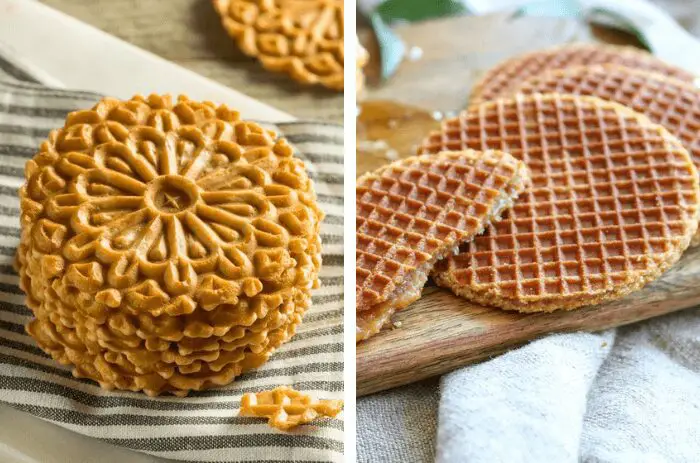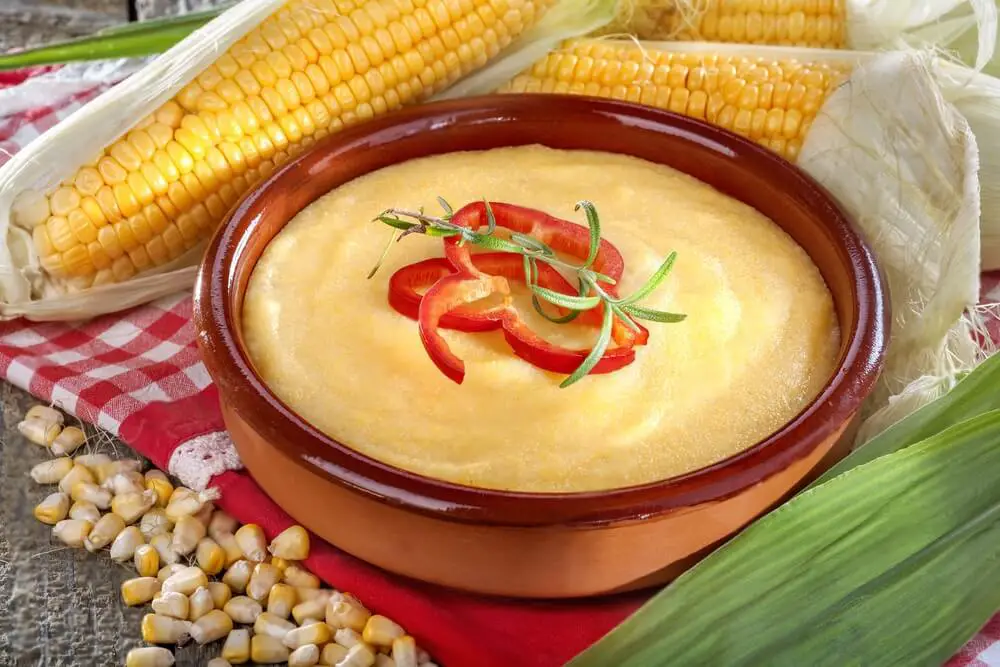When it comes to leafy greens, the world is a vibrant garden of options. But today, we’re going to dive deep into the green universe to explore two cousins from the same leafy family tree: Tree Collards and Collard Greens. They might look similar at first glance, but trust me, there’s more than meets the eye.
So, if you’re a green lover or just a curious foodie, stick with us as we unveil the difference between Tree Collards and Collard Greens, similarities, and everything in between when it comes to Tree Collards and Collard Greens.
Difference Between Tree Collards And Collard Greens
Getting to Know the Players
Before we jump into the juicy details of their differences, let’s get acquainted with our contestants:
Collard Greens
First up, the classic, the evergreen, Collard Greens! Picture a lush, leafy plant with leaves so thick and broad they’d make a cabbage blush. These green wonders belong to the acephala group of Brassica oleracea. Standing at about 2 feet tall, they’re like the short and sturdy soldiers in the greens army.
Tree Collards
Now, let’s turn our attention to their taller and more exotic cousin, Tree Collards. Also part of the acephala group, these bad boys are the skyscrapers of the Brassica oleracea family, reaching heights of up to a jaw-dropping 20 feet. But their grandeur doesn’t stop there; they’ve got long stems that set them apart from the rest of the green gang.
Round 1: Height
Collard Greens: Starting with the most obvious difference, it’s the height battle. Collard Greens are like the garden’s low-rise condos, reaching a modest 2 feet. These guys are all about their thick, broad leaves, and they don’t need to touch the sky.
Tree Collards: On the other hand, Tree Collards are the skyscrapers in the garden, dwarfing their Collard Green cousins. With stems that can stretch up to 20 feet, they’re the giants of the Brassica oleracea world. Imagine harvesting those leaves – it’s a task that might require a ladder or some serious stretching!
Round 2: Leaves
Collard Greens: When it comes to the leaves, Collard Greens and Tree Collards share a similar look. Both boast large, green leaves that form a rosette, but there’s a little twist. Tree Collards often throw in some purple-colored leaves on their stems, giving them a touch of royalty.
Round 3: Life Cycle
Collard Greens: These guys are like the seasonal actors of the green world. Technically biennials, they’re often treated as annuals. In their first year, they give it all they’ve got, producing those lush, green leaves. In the second year, they switch gears, flowering and producing seeds.
Tree Collards: Unlike their Collard Green cousins, Tree Collards are perennial showstoppers. They don’t follow the same script every year. Instead, they keep gracing us with their leaves for a continuous three to five-year encore.
Round 4: Cultivation and Harvesting
Collard Greens: Picture this: it’s spring, and you’re planting Collard Greens with a smile on your face. Fast forward to fall or winter, and you’re harvesting these annual champs. The leaves are typically plucked when they’re young and tender, usually around 60 to 75 days after planting.
Tree Collards: Meanwhile, in the perennial corner, Tree Collards are playing a different game. They can be harvested all year round. You heard that right – four seasons of harvesting delight. Since they’re in it for the long haul, you pick the leaves as you go, starting with the older ones at the bottom, letting the newer growth at the top flourish.
Round 5: Taste Test
Now, let’s address the elephant in the room – the taste.
Both these greens have a hint of bitterness, a signature trait of Brassica oleracea family members. Collard Greens carry a kale-like bitterness, but with a milder, sweeter twist. Tree Collards, on the other hand, bring a similar bitter note, but it’s often described as a tad less intense than their Collard Green relatives.
Round 6: Cooking and Eating
When it’s time to get down and dirty in the kitchen, both Collard Greens and Tree Collards shine:
Collard Greens: These guys are like the all-stars of Southern cuisine. They’ve got game when it comes to stews, soups, and side dishes. Boil them, steam them, sauté them with garlic and olive oil – the possibilities are endless. You can even use their leaves as wraps for a twist on your favorite dishes.
Tree Collards: Don’t let their grandeur fool you; Tree Collards are kitchen-friendly too. Cook them up like Collard Greens, or get creative. Their large leaves can moonlight as tortillas for wraps, or they can be stuffed with all sorts of delicious fillings. And if you’re feeling adventurous, turn them into chips or crackers by baking them to crispy perfection.
Nutrition and Health Benefits
No matter which green you choose, you’re in for a nutritious treat:
Both Collard Greens and Tree Collards are like Mother Nature’s vitamin shops. They’re loaded with vitamins A, C, and K, and they’ve got calcium, iron, and potassium on deck.
Collard Greens: These guys are the kings of vitamin K, essential for blood clotting and bone health. They’re also packing vitamin A for those peepers and immune function. With low calories and high fiber, they’re a healthy addition to any plate.
Tree Collards: When it comes to calcium, Tree Collards are the champions. They’re like the dairy alternative for bone health, and they’re not slacking on the vitamin C front either. Immune function and skin health? Check and check.
Conclusion: The Green Showdown
In the epic battle of greens, it’s clear that Tree Collards and Collard Greens are two sides of the same Brassica oleracea coin. They might look alike, but their differences in height, life cycle, and taste set them apart.
Whether you go for the classic Collard Greens, with their Southern charm and kale-like taste, or opt for the regal Tree Collards, known for their towering height and milder bitterness, you’re in for a healthy and delicious green adventure.
So next time you’re at the farmer’s market or staring at your garden, deciding what greens to bring to your table, remember the tale of these two greens. They may share a family tree, but they each bring their unique flavor and flair to the green party. The choice is yours, and it’s a delicious one at that.
In the end, it’s not about which one is better; it’s about the joy of exploring the world of greens and savoring their distinct personalities. Happy eating, green enthusiasts!



